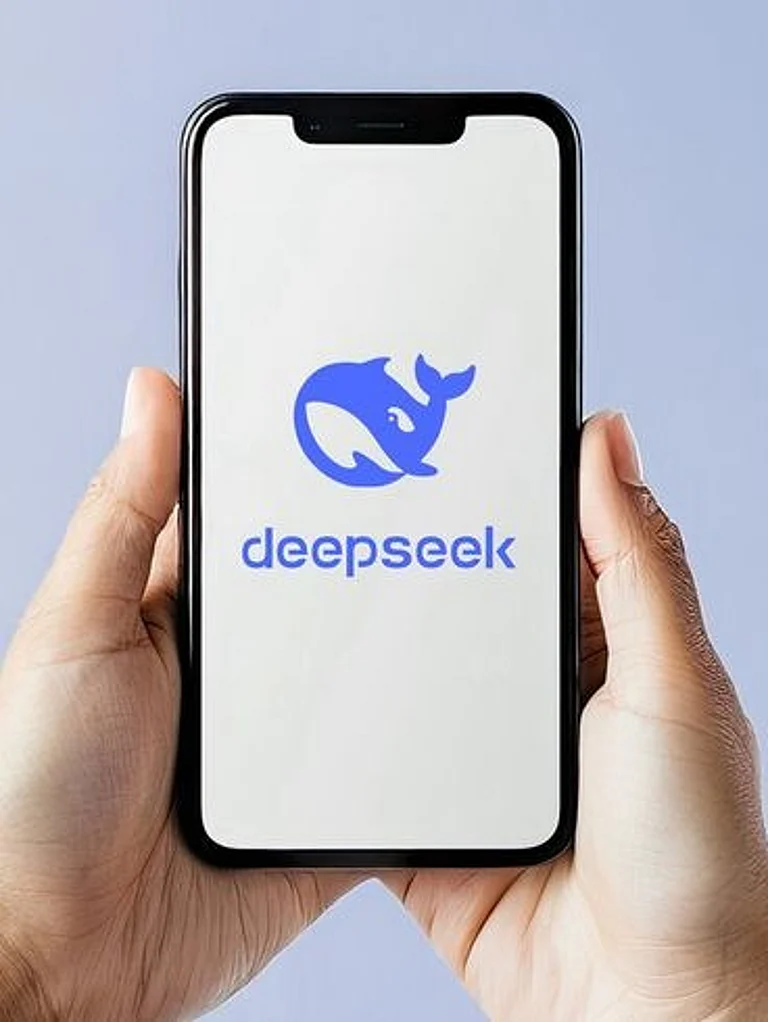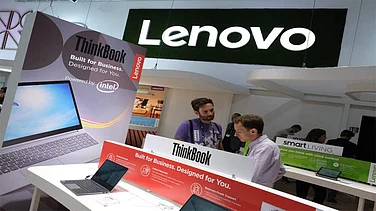
Samsung launches Galaxy XR headset built on Android XR, integrated with Gemini AI
Priced $149/month, Galaxy XR undercuts Apple Vision Pro by roughly half
Powered by Snapdragon XR2+ Gen 2, supports multimodal controls and agent mode
Available now on macOS; Windows, iOS and Android versions promised soon
Samsung Electronics on Tuesday unveiled the Galaxy XR extended-reality headset, its first device built on the new Android XR platform and tightly integrated with Google’s Gemini AI.
Priced at $149/month, Samsung says the headset brings mixed-reality experiences, multimodal AI assistance and a broad app ecosystem to users at roughly half the cost of Apple’s Vision Pro, a direct challenge to the incumbents in a nascent market dominated by Meta and Apple.
Galaxy XR is the flagship of a long-term collaboration between Samsung, Google and Qualcomm. The device leans heavily on Google’s Gemini to analyse what users see, answer questions about on-screen objects, and run an “agent” mode that can perform multi-step tasks on a user’s behalf.
Samsung and Google showcased examples such as converting 2D photos to 3D in Google Photos, asking Gemini about a landmark while exploring Google Maps in an immersive view, and using an AI assistant to pull statistics during video playback.
Features, Content & Hardware
Samsung says Galaxy XR runs Android XR, an operating system designed for headsets and future glasses, and supports millions of existing Android apps alongside new XR experiences (YouTube spatial content, immersive Google TV, Adobe Project Pulsar, and developer titles).
The headset is powered by Qualcomm’s Snapdragon XR2+ Gen 2 chip and ships with a bundle of services (12 months of Google AI Pro, YouTube Premium, Google Play Pass and select sports/streaming offers) for early buyers through an “Explorer Pack.”
Controls include voice, hand and eye input; the device supports keyboard/mouse pairing and PC linking for a large virtual workspace.
Pricing & Positioning
Galaxy XR is available to buy from Samsung.com and selected stores in the US and Korea immediately, with demos at select Google Stores in New York and California. Samsung is positioning the headset as the first in a family of XR products, lighter smart-glasses are planned, and has tied partnerships with eyewear makers like Warby Parker and Gentle Monster to expand form factors.
Analysts caution that the head-mounted display market remains small and volatile: research firms point to weak shipments and a narrow premium segment so far.
Samsung’s lower price than Apple’s Vision Pro and Google’s software heft may help adoption, especially in enterprise and creative use cases, but industry watchers highlight hurdles: limited consumer demand, content shortages, comfort and battery constraints, and the need for developer momentum.
Counterpoint Research and Gartner’s forecasts show modest near-term growth driven more by lighter smartglasses than by bulky headsets.
Privacy & Content
Galaxy XR’s reliance on Gemini and deep integration with users’ surroundings raises familiar issues about privacy, data use and how AI-generated responses affect publisher traffic and advertising.
Google and Samsung say data-use controls and bundled services will be available, but the new interaction model, where an AI interprets and acts on what you see, will draw scrutiny from regulators, developers and privacy advocates as the product scales.
































